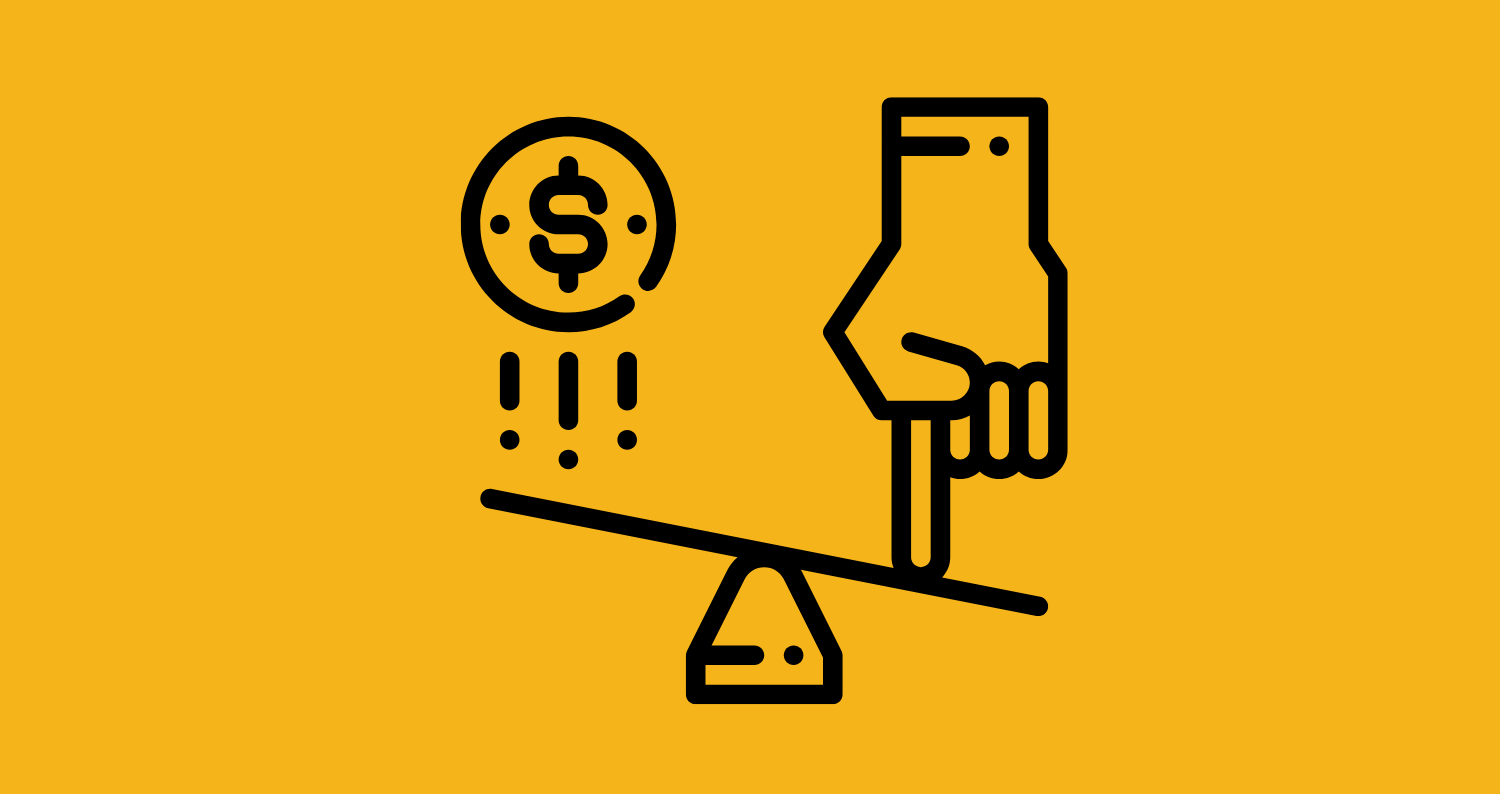
Running a business alone often feels like juggling a thousand tasks at once.
The endless list of to-dos can make it easy to focus on what you don’t have—time, resources, support. But what if the key to growing your business lies not in chasing after what you lack, but in nurturing what you already have?
Let’s take a step back and shift our perspective from scarcity to abundance. This isn’t just about positive thinking; it’s about practical action. It’s about identifying what’s right in front of you and making the most of it.
Shifting the Mindset: From Scarcity to Abundance
Many business owners fall into the trap of a scarcity mindset, constantly fixating on limitations: “If only I had more time, more money, more help.” While these thoughts might seem valid, they often lead to a sense of helplessness. The truth is, you probably have more at your disposal than you realize.
Think about this: What if you stopped focusing on what you can’t control and started maximizing what you can?
Let’s consider a simple yet profound example—time.
The Value of Two Hours
Imagine you have just two hours of free time each day. That doesn’t sound like much, does it? But those two hours hold immense potential if you use them wisely.
Here’s what you could do:
1. Learn Something New: Dive into an online course, read a book, or listen to a podcast. Knowledge is power, and even small, consistent efforts to learn something new can compound over time, adding tremendous value to your business.
2. Network and Build Relationships: Meet a friend or a business acquaintance for lunch. Building relationships is crucial in business, and these connections often open doors to new opportunities that you might not have found otherwise.
3. Plan and Strategize: Use this time to think, really think, about where your business is going. Reflect on your goals, brainstorm new ideas, or map out your next steps. A little time spent on strategy can save a lot of time on execution.
What Do You Already Have?
Let’s go beyond time. What else do you have that you might be overlooking?
• Your Experience: Every failure, every success, every challenge you’ve faced in your business is a learning opportunity. Take time to reflect on these experiences. What lessons have they taught you? How can you apply those lessons to your current situation?
• Your Network: You might not have a large team, but you likely have a network of peers, mentors, or even clients who can offer advice, support, or collaboration opportunities. Sometimes, a quick conversation with someone in your network can lead to a breakthrough idea.
• Your Skills: Consider the skills you’ve honed over the years. Whether it’s negotiation, creative problem-solving, or technical expertise, these are assets you can leverage to grow your business. Are there ways to use these skills in new or innovative ways?
Practical Ways to Increase Opportunities
Now that we’ve identified what you have, let’s explore some practical ways to grow these assets.
1. Skill Up:
• Set aside time each week to enhance your existing skills or learn new ones. Online platforms like Coursera, Udemy, or even YouTube offer countless resources.
• Consider joining a professional group or attending a workshop. These not only help you learn but also expand your network.
2. Reconnect with Your Network:
• Make a list of people you haven’t spoken to in a while—clients, old colleagues, industry peers. Reach out with a simple message, or even better, suggest a coffee or lunch meeting. You never know where a casual conversation might lead.
3. Optimize Your Time:
• Start tracking how you spend your time. There are apps like Toggl or RescueTime that can help with this. You might be surprised to find pockets of time that you could repurpose.
• Prioritize tasks that align with your long-term goals. It’s easy to get caught up in urgent but unimportant tasks. Be mindful of what truly moves the needle in your business.
4. Reflect Regularly:
• Take a few minutes at the end of each day or week to reflect on what went well and what didn’t. This isn’t about beating yourself up but about learning and adjusting. Over time, these small adjustments can lead to significant improvements.
5. Take Care of Yourself:
• It’s easy to overlook self-care when you’re busy running a business. But your well-being is one of your most valuable assets. Make sure you’re getting enough sleep, eating well, and taking breaks to recharge. A healthy body and mind are crucial for sustained success.
The Resistance: Addressing the Time-Poor Mindset
Many business owners believe they are “time poor,” convinced that every minute is consumed by endless tasks. The reality, however, often shows that time is spent in the wrong places.
Let’s challenge that belief.
• Audit Your Day: Take an honest look at how you spend your time. Are there tasks that could be delegated or eliminated? Are you spending too much time on activities that don’t align with your goals? This audit can be eye-opening and help you reclaim precious hours.
• Set Boundaries: Learn to say no. It’s one of the most powerful tools in your arsenal. Say no to tasks, meetings, or projects that don’t contribute to your growth or well-being. Your time is valuable—protect it.
• Focus on High-Impact Activities: Identify the activities that have the greatest impact on your business and prioritize them. This might mean spending more time on strategic planning, business development, or customer relations, and less time on routine administrative tasks.
Conclusion: Grow What You Have
Growth doesn’t always come from acquiring more. Sometimes, the most significant growth happens when you recognize and nurture what’s already within your reach. Whether it’s time, skills, relationships, or experiences, these are the seeds you can cultivate.
Shift your focus from scarcity to abundance. Recognize what’s right, and grow it. When you do, you’ll find that opportunities begin to multiply, and your business will thrive in ways you never imagined.
Remember: It’s not about what you lack—it’s about what you have, and what you choose to do with it.
continue reading
More Playbooks...
Discover what is the ladder of accountability and how to use it as a powerful framework for developing your team.
Discover 7 common accountability scenarios that undermine team performance and learn practical conversation frameworks to address each one.
Discover how an accountability coaching program transforms team performance without adding pressure, time, or headcount.



